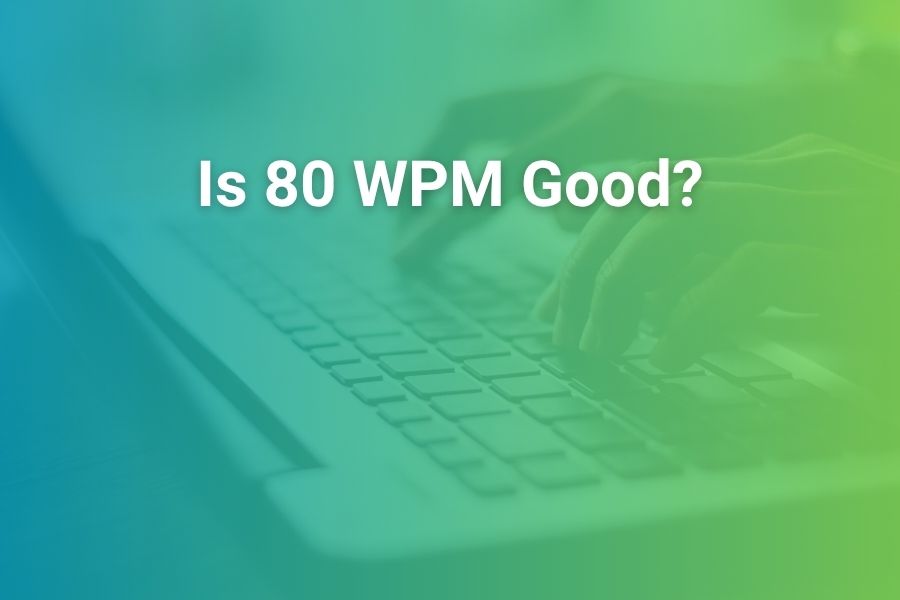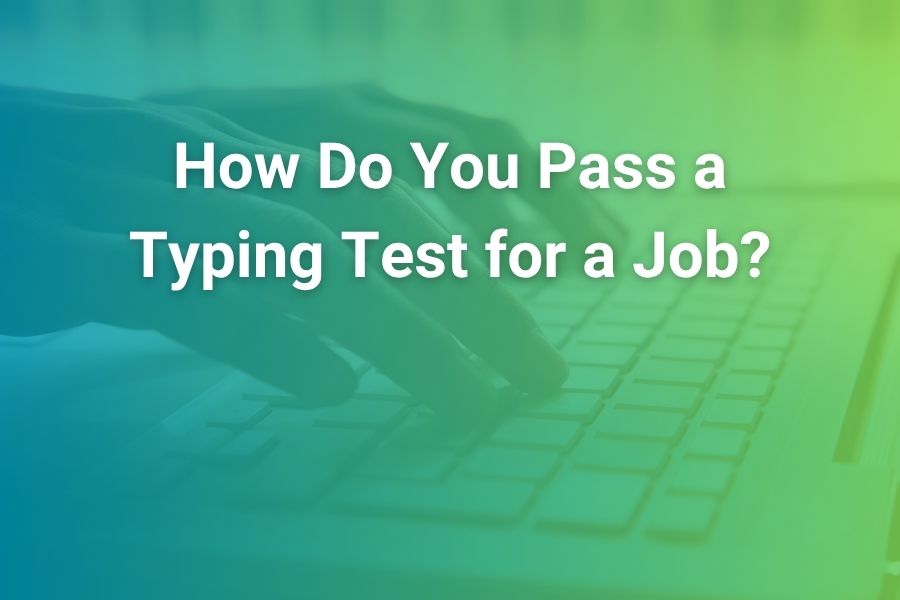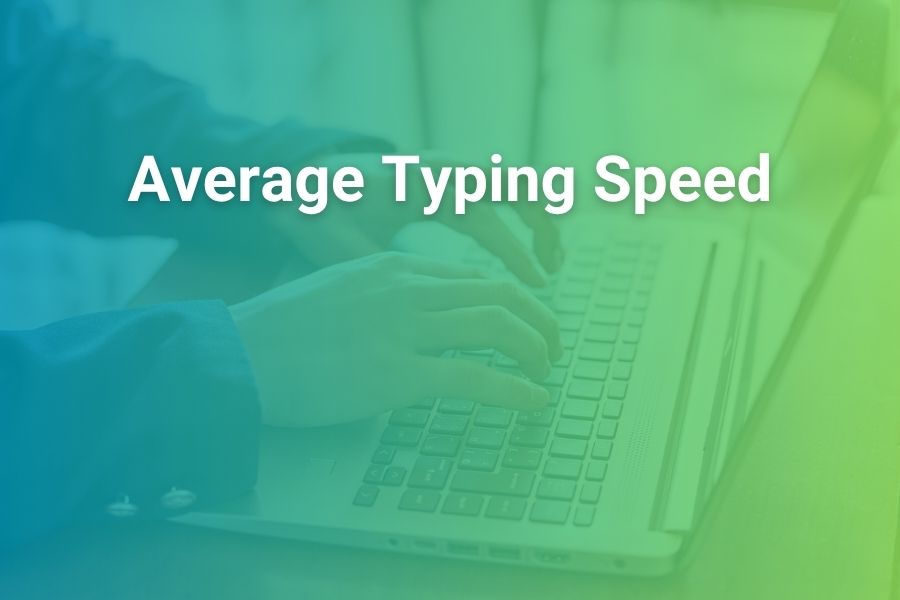
Typing has become an essential skill in the modern workplace, connecting professionals across industries through emails, reports, and digital communication. Whether you’re a student, administrative assistant, or software engineer, your typing speed influences how efficiently you perform daily tasks.
Many people ask, “Is 80 WPM good?” because they want to know if they’re ahead of the curve or still have room for improvement. The short answer—yes, 80 WPM is impressive. But how good it truly is depends on context, accuracy, and consistency. In this article, you’ll learn what makes 80 WPM stand out, how it compares to national averages, where it matters most professionally, and how you can improve even further.
Understanding Words Per Minute (WPM)
Words per minute, or WPM, measures how fast someone types. It’s a global standard used to evaluate typing speed and efficiency. In typing tests, one “word” is typically counted as five keystrokes, including letters, punctuation, and spaces. This means someone typing 80 WPM is producing roughly 400 characters per minute. However, speed alone doesn’t define skill. The ability to maintain accuracy while typing quickly reflects genuine proficiency.
Most typing platforms track both speed and accuracy to determine true performance. For instance, someone may reach 80 WPM but have 90% accuracy, which means they’re making errors that reduce efficiency. In professional environments, accuracy levels above 95% are ideal. So, while WPM represents speed, it’s precision that defines true typing mastery.
How 80 WPM Compares to Average Typing Speeds
Typing speed varies across populations and professions. According to recent industry assessments, the average adult typing speed in the U.S. is around 40 WPM. That means someone who types 80 WPM types twice as fast as the typical worker. Here’s how it breaks down:
- Beginners: 20–35 WPM
- Average users: 35–50 WPM
- Skilled typists: 60–80 WPM
- Professional typists: 80–100 WPM or higher,
Reaching 80 WPM places you in the top 10% of typists worldwide. Many administrative professionals and data entry experts operate around this speed, and competitive typists often exceed 100 WPM. However, for most practical scenarios—such as office work, note-taking, or content creation—typing at 80 WPM is more than sufficient to stay productive.
Is 80 WPM Good for Work and Career Growth?
Typing speed directly affects productivity in roles where written communication dominates. Professionals in administration, transcription, coding, journalism, and customer support benefit the most from strong typing skills. For example, a person who types 80 WPM can write an email or document in half the time compared to someone typing at 40 WPM. Over weeks and months, this efficiency compounds into major time savings.
Employers often see typing ability as a proxy for digital literacy. Someone who types 80 WPM typically demonstrates familiarity with computers, shortcuts, and multitasking tools. This makes them not only faster but also more competent in digital workflows. For careers that depend on data entry, customer service chats, or real-time documentation, 80 WPM is more than good—it’s exceptional.
Typing Speed Benchmarks Across Professions
Typing proficiency matters differently across job categories. Here’s a look at how 80 WPM fits in:
- Administrative Assistants: Average 50–65 WPM. At 80 WPM, you outperform the norm, enhancing scheduling and communication efficiency.
- Writers and Editors: Typically 55–75 WPM. An 80 WPM speed lets you translate ideas quickly without breaking creative flow.
- Transcriptionists: Usually 70–100 WPM. Hitting 80 WPM meets the lower end of professional transcription standards.
- Software Developers: Often 45–70 WPM. Typing at 80 WPM gives you a strong technical edge in coding and debugging sessions.
- Students: Around 30–50 WPM. At 80 WPM, you can take notes, complete essays, and perform research tasks far more efficiently.
This range shows that 80 WPM isn’t just “good”—it’s often professional-level typing speed, particularly when paired with high accuracy.
Accuracy vs. Speed: Why Both Matter
A common misconception is that faster always means better. But speed without accuracy can waste more time correcting mistakes. Most typing tests weigh both equally. Typing at 80 WPM with 98% accuracy is far superior to 90 WPM with 85% accuracy. Professionals aim for a balance that ensures they can type quickly without introducing costly errors.
Accuracy reflects control, rhythm, and concentration. Fast typists rely on muscle memory rather than visual tracking. They trust their hands to find keys without glancing down, a method called touch typing. Once you’ve mastered touch typing, your accuracy naturally improves, and maintaining 80 WPM feels effortless.
How to Maintain and Improve an 80 WPM Typing Speed
Reaching 80 WPM takes practice, but sustaining it requires discipline and method. Many advanced typists follow daily warm-ups to keep their fingers agile and reflexes sharp. Here’s how you can strengthen your typing performance:
- Practice touch typing consistently. Use online tools to track speed and accuracy over time.
- Focus on accuracy first. Speed naturally follows once errors decrease.
- Use all ten fingers. Proper finger placement distributes effort and reduces fatigue.
- Keep posture in check. Sit upright, relax your shoulders, and position your keyboard at elbow height.
- Use ergonomic keyboards. Curved or split designs reduce wrist strain during long typing sessions.
- Avoid peeking at keys. This maintains rhythm and improves hand-eye coordination.
- Set micro-goals. Aim to improve accuracy by 1% or add two words per minute each week.
By treating typing as both a mental and physical skill, you’ll retain and even surpass 80 WPM.
How Long It Takes to Reach 80 WPM
The journey to 80 WPM varies. Beginners often start around 30–40 WPM and may reach 80 within three to six months of focused practice. For others, it may take a year. The biggest factor is not how long you practice but how consistently. Daily 15-minute sessions build muscle memory faster than occasional long sessions.
Using typing tests from reputable tools helps measure progress objectively. The data you gather shows whether you’re improving accuracy or simply pushing speed at the cost of mistakes. Ideally, progress should follow a balanced curve—steady gains in both accuracy and WPM over time.
The Psychology Behind High Typing Speeds
Typing speed isn’t just a physical skill; it’s also cognitive. Fast typists process language patterns more efficiently, predicting upcoming words and minimizing hesitation. This brain-hand coordination develops over time. Typists who hit 80 WPM often display strong focus and a rhythm similar to musicians playing an instrument. Their muscle memory and mental anticipation work in harmony, producing seamless flow.
This is why typing practice also sharpens attention span. It trains the brain to remain engaged, respond to visual stimuli, and maintain steady precision over extended periods. Professionals who type quickly often report improved concentration in other digital tasks too.
Technology and Modern Typing Expectations
In today’s world of automation, speech-to-text tools, and AI writing aids, one might assume typing speed matters less. However, it still remains vital. While AI assists content creation, the ability to type quickly ensures smoother workflow control, editing, and prompt refinement.
Recent data from digital productivity studies shows that workers who type above 70 WPM save an average of 3–4 hours per week in administrative time. That’s roughly 160 hours per year—equivalent to an entire month of regained productivity.
With most communication happening through emails, messaging platforms, and collaborative tools, being able to type 80 WPM ensures your ideas keep pace with your thoughts. This speed also reduces cognitive friction—your mind stays focused on content rather than keystrokes.
When 80 WPM Becomes Exceptional
While 80 WPM already ranks high, what makes it exceptional is sustainability. If you can maintain 80 WPM across varied content—technical documents, creative writing, and data input—you’ve reached an elite tier of efficiency. Professional typists competing in typing championships often average between 100–120 WPM, but even they emphasize consistency over bursts of speed.
Moreover, if you maintain high accuracy while multitasking or switching devices (like between laptop and desktop keyboards), your typing skill shows adaptability—a trait employers value highly.
Typing Speed by Age and Generation
Typing performance trends show generational differences. Younger people raised in the digital era tend to type faster than older adults. On average:
- Teens (13–19 years): 55–65 WPM
- Adults (20–40 years): 40–60 WPM
- Professionals (40+ years): 35–55 WPM
Typing 80 WPM places you well above these averages regardless of age group. This means even in a competitive setting—like college or the workplace—you’re likely outperforming peers in digital communication tasks.
Common Myths About Typing Speed
Many myths surround typing performance. One popular belief is that “fast typing always causes more mistakes.” In truth, experienced typists often make fewer mistakes because their muscle memory allows precision without conscious key-hunting. Another myth says “typing fast doesn’t matter anymore.” Yet in today’s fast-paced communication culture, being able to type accurately and quickly remains a major productivity multiplier.
Speed isn’t the enemy of quality—rushed typing without rhythm is. Skilled typists develop an even pace that balances efficiency and precision.
How 80 WPM Benefits Everyday Life
Beyond work, typing 80 WPM enhances personal productivity. Whether you’re writing essays, chatting online, coding, or documenting creative ideas, faster typing saves time and mental energy. Typing at this level creates a smoother connection between thought and text, making communication more natural.
It also improves digital confidence. Knowing you can type quickly without errors gives you control in high-pressure situations—like timed tests, live chats, or client communications. In short, it reduces digital friction and keeps your focus on expression, not execution.
Why 80 WPM Is an Ideal Benchmark
Many experts consider 80 WPM the “sweet spot” for efficiency. It’s fast enough to outperform most users but sustainable for long periods without fatigue. You can handle any typing-heavy task—emails, reports, code, or research—comfortably. Going beyond 80 WPM into 100+ territory demands extraordinary consistency and regular practice, which is often unnecessary for most jobs.
This benchmark also aligns with professional expectations. Many employers list 60–80 WPM as the ideal range for roles involving digital communication. So reaching 80 WPM already puts you at the top of that range.
Final Thoughts: Is 80 WPM Good?
Yes, 80 WPM is not only good—it’s excellent. It shows you have refined muscle memory, focus, and digital fluency that most professionals aspire to achieve. You’re operating at double the national average speed, and with high accuracy, you’re effectively maximizing your productivity potential.
Typing at 80 WPM demonstrates efficiency, discipline, and adaptability—skills that transfer to almost every modern career.
Whether you’re drafting business proposals, writing creative pieces, or coding applications, your ability to communicate at this speed strengthens both performance and confidence. Maintaining it ensures that your typing never slows your thoughts, making your workflow as efficient as your ideas.






